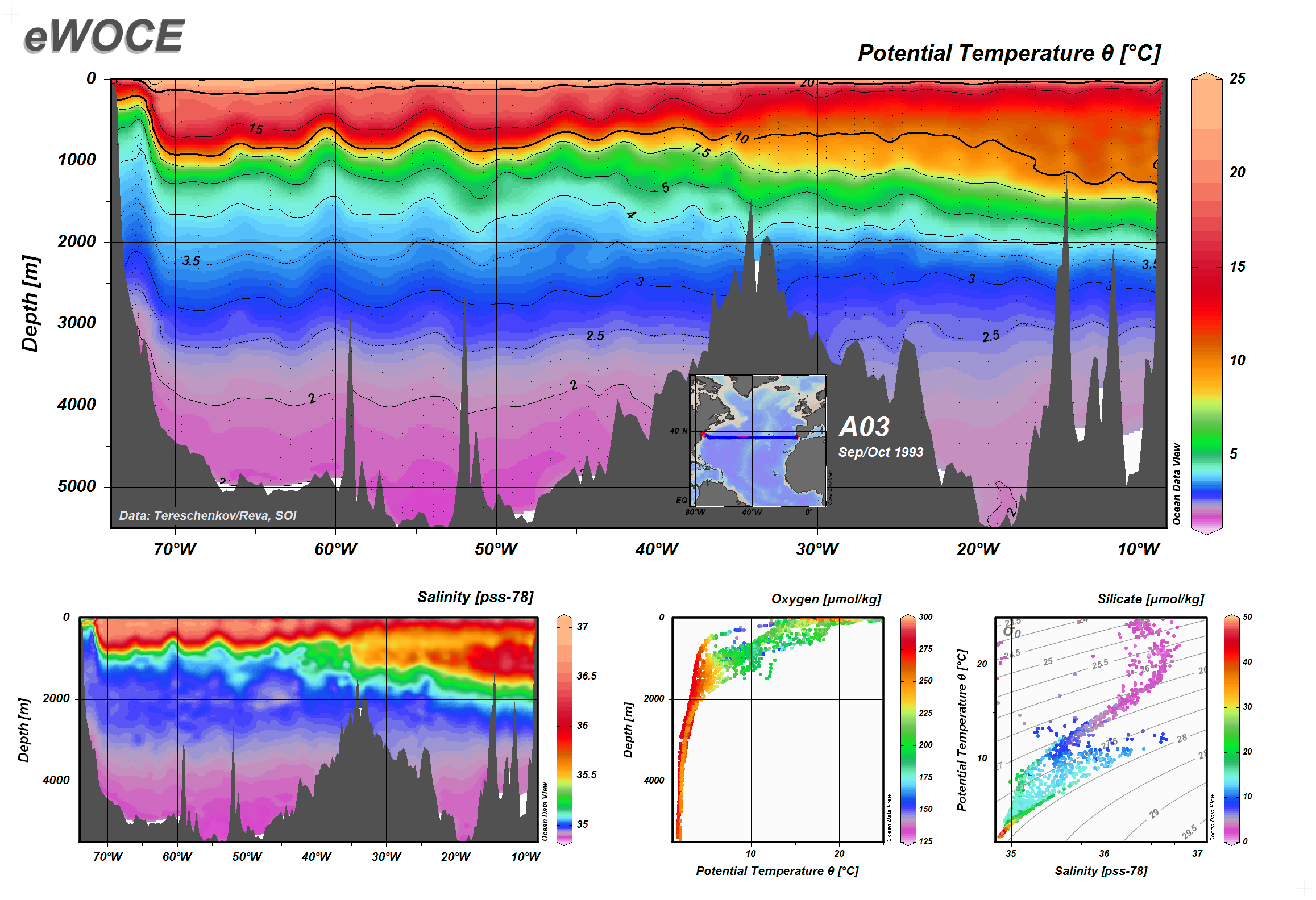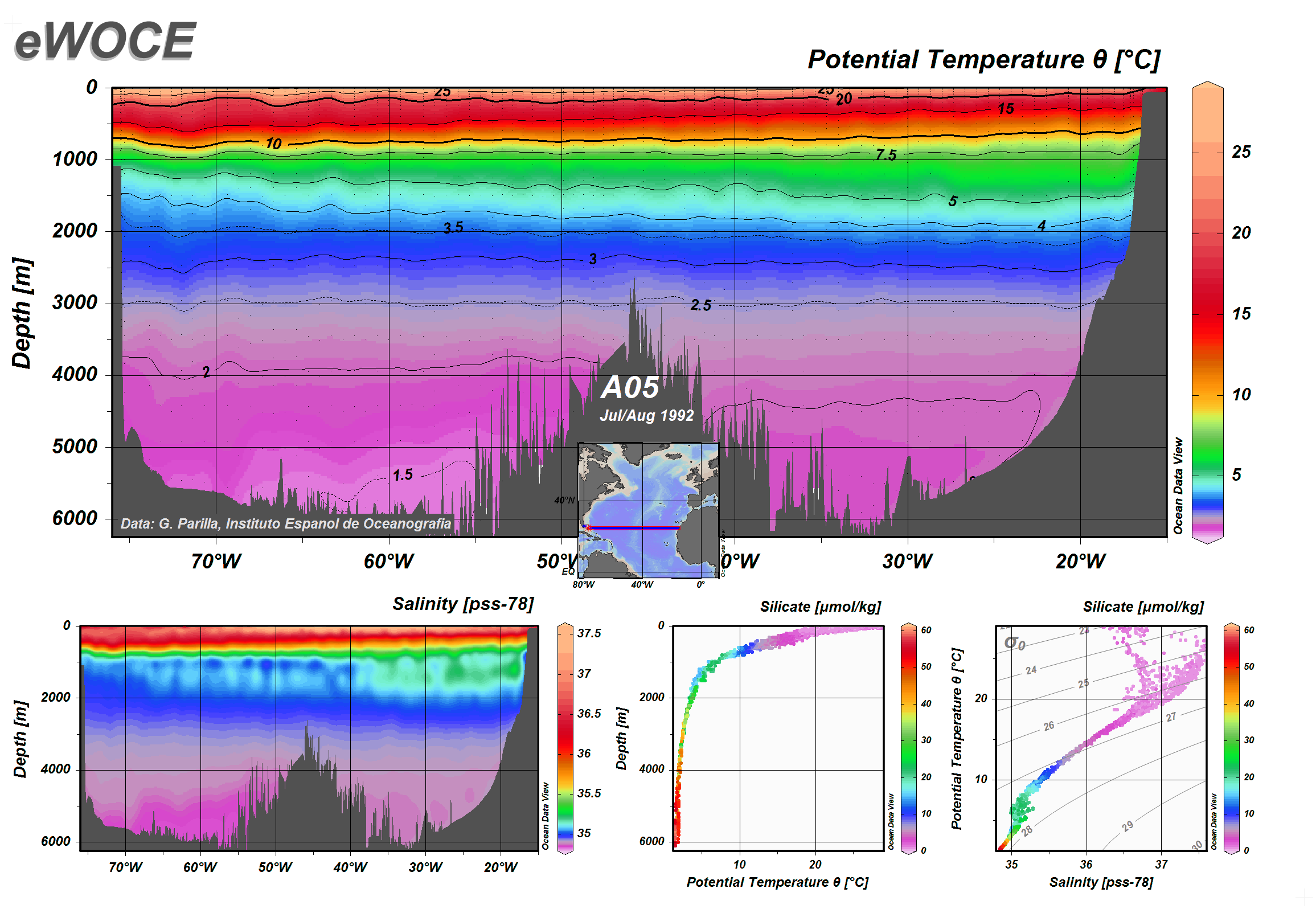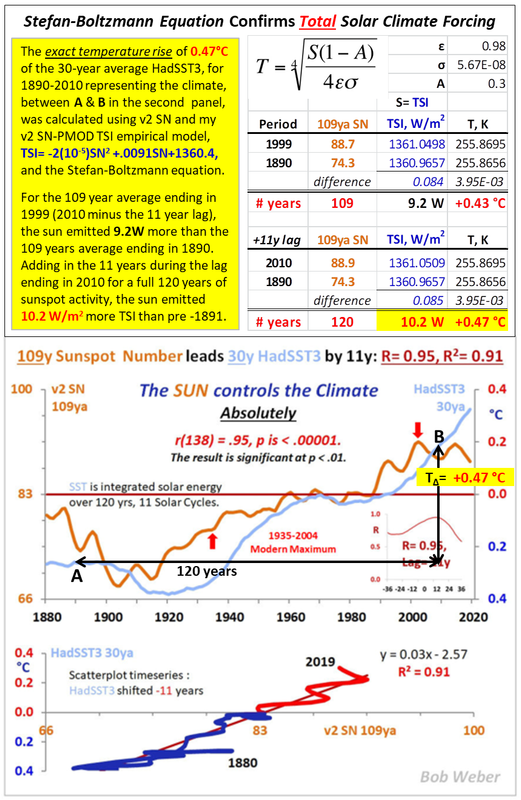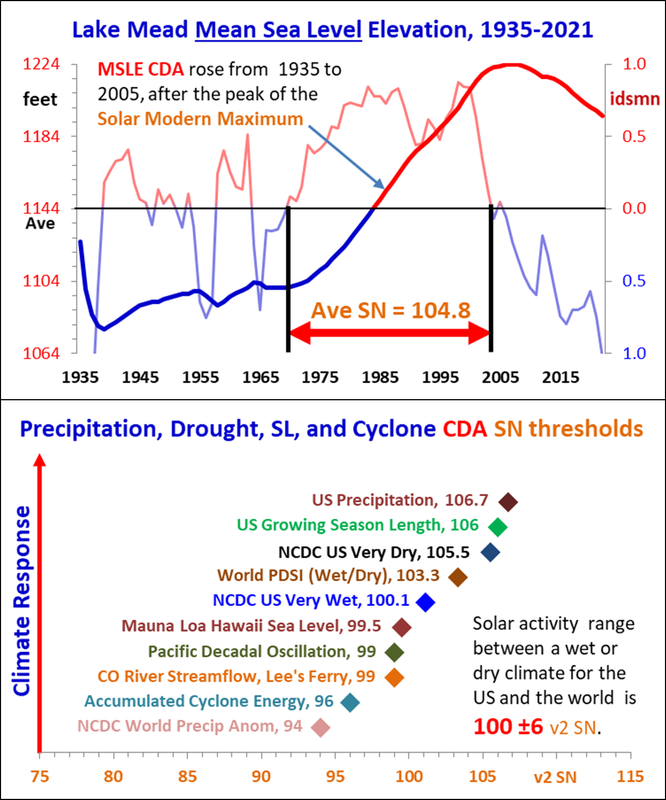by Kirby Schlaht
Many climate catastrophists claim that only a few more degrees in temperature or a few parts per million of a greenhouse gas might push our planet over the edge into a devastating hothouse environment with warming oceans, melting ice caps, rising sea levels, and more violent storms. Are tipping points unprecedented in paleoclimate history with rapid temperature changes leading to extreme warming or cooling climates? Let’s look at some paleoclimate data for ourselves.
Fossil foraminifera can be used to identify the conditions in which the enclosing sediments accumulated. We can use the oxygen-18 ratios to recognize glacial and warm episodes during the current Ice Age. We know that during the last million years of the Late Pleistocene Ice Age the planet has continued to cool initiating a glacial-interglacial period of around 100 thousand years. The Milankovitch 100k year orbital Eccentricity cycle appears to modulate this longer period. Over the previous 2 million years of the early Pleistocene the planet was warmer with the glacial-interglacial period a steady 40 thousand years seemingly driven by the 40k year Obliquity cycle.
High resolution paleoclimate proxy records from Greenland ice cores (Boers, 2018) show that the last 120-thousand-year glacial interval was punctuated by abrupt climatic transitions called Dansgaard–Oeschger (D-O) events. These events are characterized by rapid temperature increases over Greenland of up to 15 deg C within a few decades. The course of a D-O event starts with an abrupt warming, followed by a cooling period lasting a few hundred years where temperatures eventually return to the normal cold of the glacial period. The cause of these transitions remains unclear. However, these transitions may be influenced by amplification of cyclic solar forcings,
In 2017, Jung-Eun Lee and associates published model results that indicate a globally cooling temperature is the main driver of the glacial-interglacial period timing switch. The models show that our current Milankovitch orbital state is the peak of high obliquity and peak of high eccentricity. If we plot the oxygen-18 proxy temperatures against orbital obliquity and eccentricity over the last glacial interval a pattern emerges. We see high D-O event frequency during periods of high obliquity and low frequency during low obliquity with the warm interglacials occurring only at high obliquity and high eccentricity. High obliquity alone cannot initiate an interglacial during low eccentricity periods but it can provide enough increased insolation at the higher latitudes – a tipping point if you will – to allow solar activity changes to drive the D-O temperature transitions through sea ice and thus ice albedo reductions. The slow return to the pre-D-O event low temperatures represents the slow rebuilding of sea ice and the resulting increased ice albedo. During low obliquity periods our colder planet suppresses or washes out solar activity influences thus a dearth of D-O events.

I do not mean to imply that obliquity and eccentricity coupled with solar activity changes are the only drivers of this D-O type rapid climate change but these extrinsic forcings set the stage so that the intrinsic drivers such as ocean current changes or ice-albedo reductions can then show their warming influence. Climate change is not just one thing, but represents a set of interwoven influences – I do believe however, that changes in solar activity in the D-O event cases as well as the glacial-interglacial period timing, are “instigated” by Milankovitch cycles providing another link in the causal chain.
To clarify – the Milankovitch cycles are not technically the first causal link to any climate change. In The Story of Climate Change (https://thestoryofclimatechange.substack.com ), I lay out a hypothetical climate change causal chain in order of influence. It begins with our planetary system’s galactic orbital location (spiral arm icehouse or inter-arm hothouse), followed by our galactic in and out-of-plane orbital oscillation position (warm out-of-plane and cool in-plane), followed by the Milankovitch orbital cycles (obliquity, eccentricity, precession) especially notable during the cold ice ages, followed by solar activity changes, finally the intrinsic influences of ice albedo, ocean currents, water vapor and other shorter term drivers such as volcanism. So, where are we now? Our current climate state is as follows: We are about 1/3 the way across the Sagittarius spiral arm – we continue to fall deeper into the cold Icehouse. Our out-of-plane galactic orbital oscillation places us fully in-plane with the associated maximum cosmic radiation and maximum propensity for cooling cloudiness and initiation of an Ice Age. We are at the highest planetary obliquity and eccentricity resulting in this 20k year interglacial period. At these warmer temperatures solar activity changes are muted and give rise to diminished decade to century timescale solar cycle driven events.
Are we at a Hothouse tipping point now? The simple answer is “no”. A Hothouse period is simply not possible in our current climate state. We will emerge from this Icehouse in about 125 million years and enter the next Hothouse by exiting this cold Sagittarius spiral arm space and transiting the next hot inter-arm region. The upcoming Hothouse was last transited by our system 500 million years ago during the Cambrian Period which produced the “Cambrian Explosion”, the most intense burst of evolution ever known. As we cross this inter-arm space, the galactic radiation intensity is reduced with accompanying decreased cloud cover and rising temperatures. Now, as our planetary system oscillates out-of-plane the cosmic radiation is reduced even further, driving global cloud cover to a minimum, initiating an even hotter period about 30 million years long. Each of the Milky Way’s inter-arm spaces is of unique size but can produce two to three of these very hot out-of-plane periods during our 50-to-100-million-year transit. Further on in our galactic orbit, the galactic radiation again increases as we approach the next cold spiral arm, the Perseus arm, home of the Ordovician glacial period 450 million years ago.
Closer to home however, in another 10k years or so, as earth’s obliquity begins to move lower the planet continues to cool. At low obliquity and with eccentricity still remaining high, we will experience a continuing cooling toward the next glacial inception point – tipping point – where high eccentricity and low obliquity instigated by precession will drive rapid sea ice expansion, ice albedo cooling and the next 80k year glacial period.











